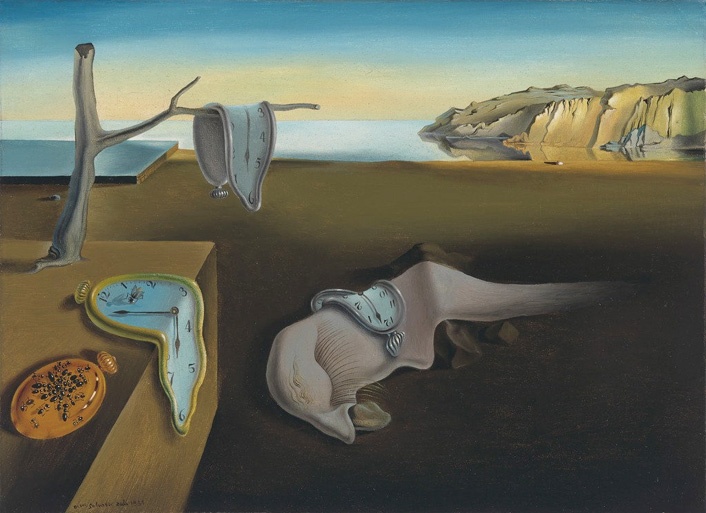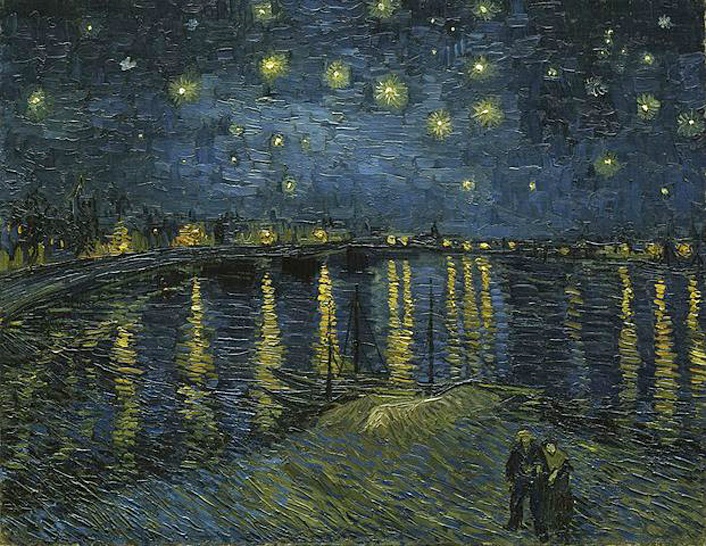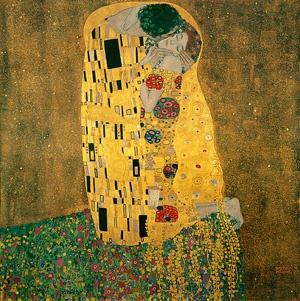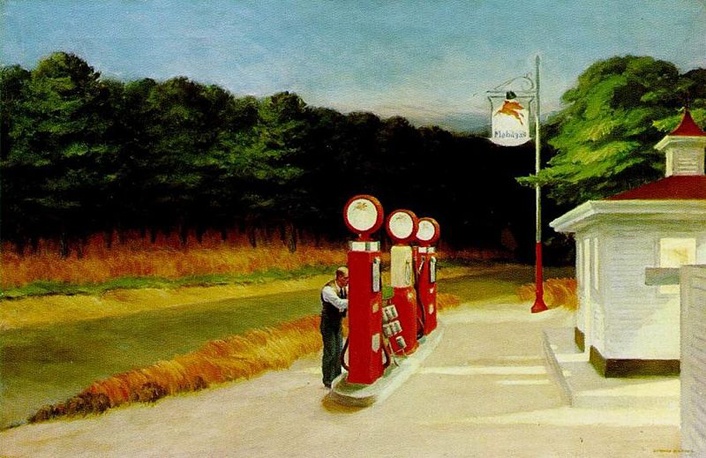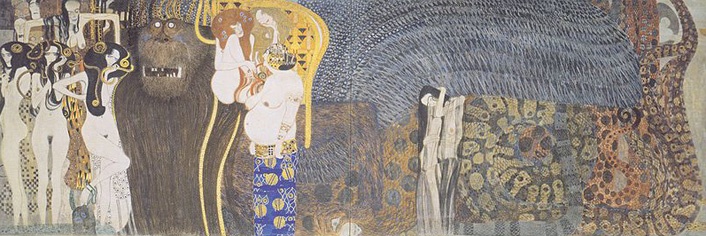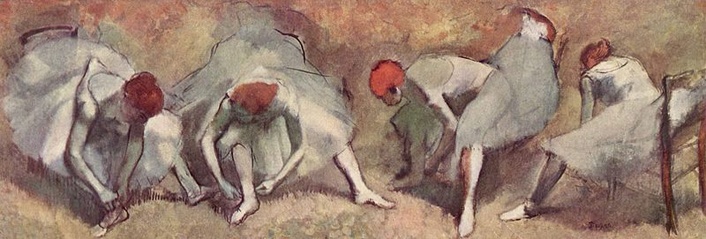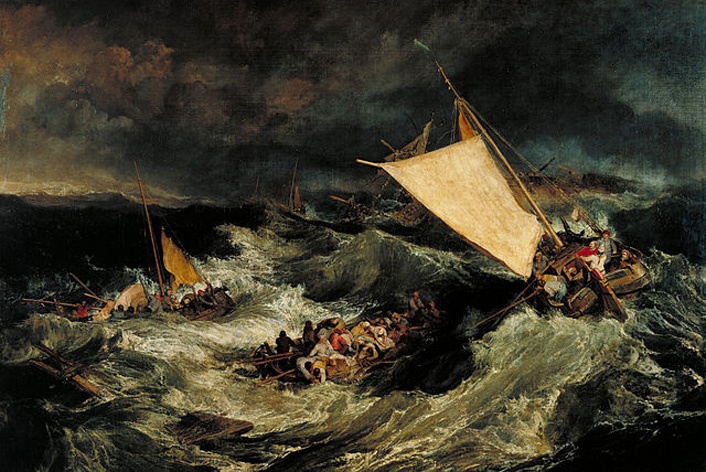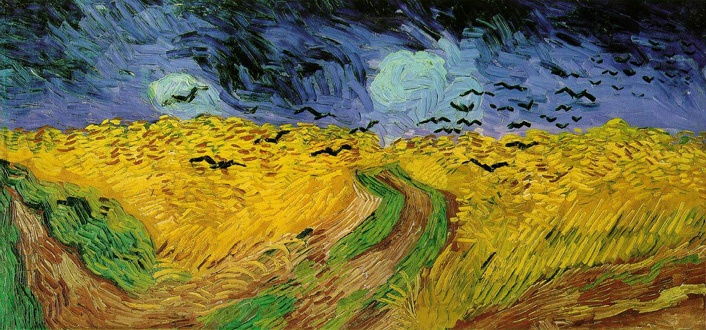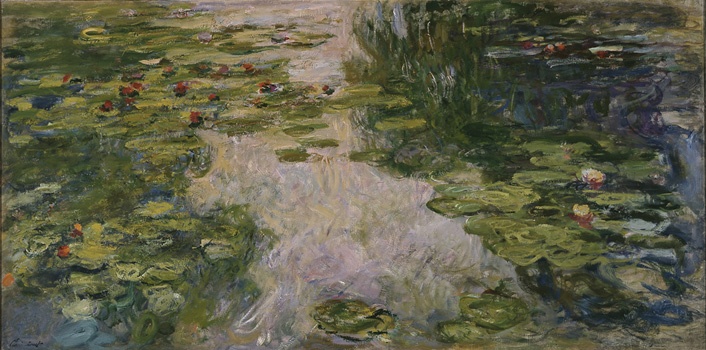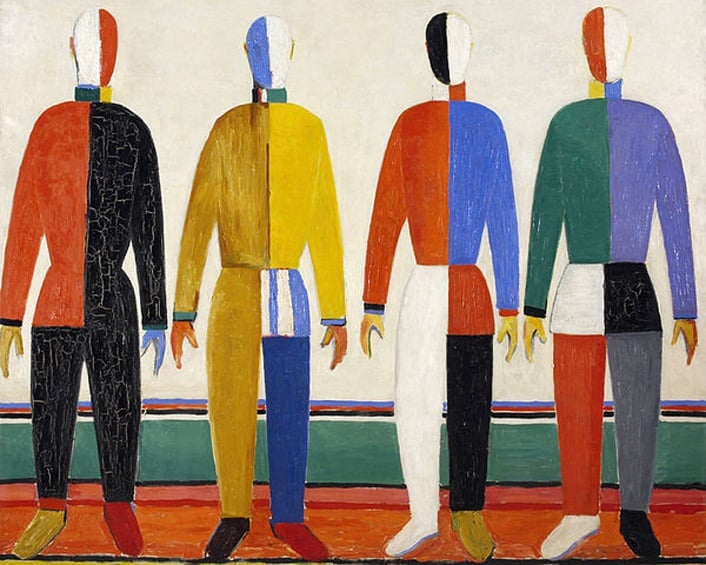Salvador Dalí was the most complex and possibly most controversial artist of the twentieth century. Although his popularity with the public at large has never been in question, the attitude of the art world towards this giant of twentieth-century art has often been more ambivalent. The 1930s are referred to as Dalí's Surrealist period and it was during this decade that he created many of his best-known works. This includes his iconic The Persistence of Memory (1931).
Visual & Decorative Arts Blog
Laura Bulbeck
Recent Posts
Vincent van Gogh (1853–90) is without a doubt one of the most famous artists of the Western world. The record auction prices achieved for his paintings, fuelled by the desire to own a part of this troubled soul, are now legendary. In a letter to his sister Willemina, Van Gogh wrote: ‘Often it seems to me night is even more richly coloured than day’, something which is evinced in his beautiful night painting Starry Night Over the Rhône (1888).
Topics: Vincent van Gogh, Post-impressionism
Topics: Gustav Klimt, Viennese Secession
The American artist Edward Hopper (1882–1967) was a popular portrayer of atmospheric modern life, from his depictions of the isolated and pensive figures in the city to the quiet intensity and melancholy of his houses and seascapes.
Topics: Edward Hopper, American art
Gustav Klimt (1862–1918) is renowned as a quintessential artist of the Art Nouveau movement, but he was one of a number of Viennese artists who strove to break free of the constraints of the late 19th century academic art establishment.
Topics: Gustav Klimt, Art Nouveau, Viennese Secession
A French painter and graphic artist, Edgar Degas (1834–1917) was one of the leading members of the Impressionist circle.
Topics: Edgar Degas, Impressionism
Joseph Mallord William Turner (1775–1851) is an elusive figure who hovers on the peripherals of his paintings and sketches. He was hugely prolific during his life, and apart from his exhibition oils and watercolours, has left a legacy of sketchbooks and drawings done during his extensive travelling. His work leaves us with volumes of information about his painting, his techniques and his influences, but little about his essential being.
Topics: J. M. W. Turner, romanticism
Vincent Van Gogh – the man, the legend and the artist – has become all but lost in propagated myths and romantic visions. He is perceived as the ‘mad artist’, the man who painted in a frenzy, the tormented soul, the artist who cut off his ear – all partially true – but factors that have nonetheless suffocated the actuality of an intelligent and reasoned man.
Topics: art of fine gifts, Vincent van Gogh, Post-impressionism
Claude Monet (1840–1926) transformed French painting in the late nineteenth century. The term 'Impressionism' was taken from his painting Impression Sunrise (1872), which was exhibited in 1874, in the first of Monet's independent exhibitions that would give rise to the Impressionism movement. Throughout his long and successful career Monet became a master of colour and light; exploring the countryside, painting en plein air and capturing landscapes of Paris and Normandy and the beautiful water lilies and flowers in his own garden at Giverny.
Topics: Claude Monet, Impressionism
Art Movements | Suprematism, Constructivism & Purism | Progressing from Cubism
Cubism had initiated the idea of reducing a motif from the external world to its most basic elements, and of presenting a motif in a painting in such a way as to make apparent the canvas’s inevitable flatness. In France – the birthplace of Cubism – Purism was seen as its natural successor. The Cubist style also became familiar to Russian artists via the numerous exhibitions of Western contemporary art in Moscow, from 1912 onwards. Both Henri Matisse (1869–1954) and Pablo Picasso (1881–1973) were patronized by wealthy Russian merchants, who exhibited their works to the public. Inspired by these, Suprematism and Constructivism were born.
Topics: Kasimir Malevich, Constructivism, Cubism, Suprematism, Purism

